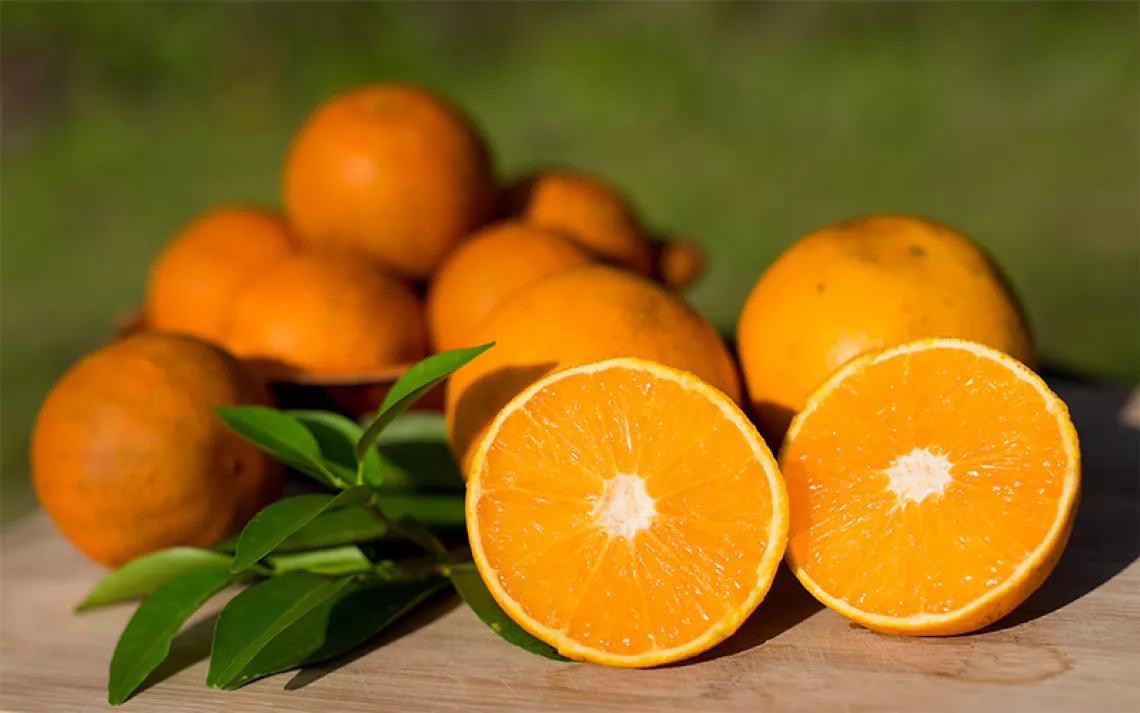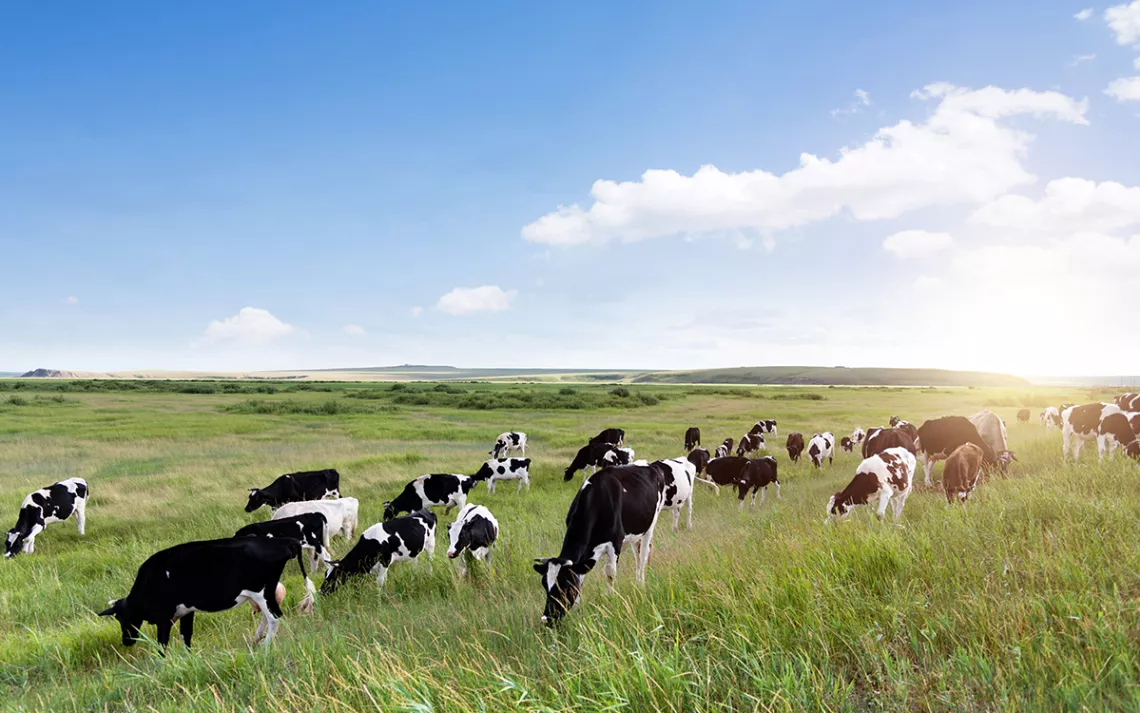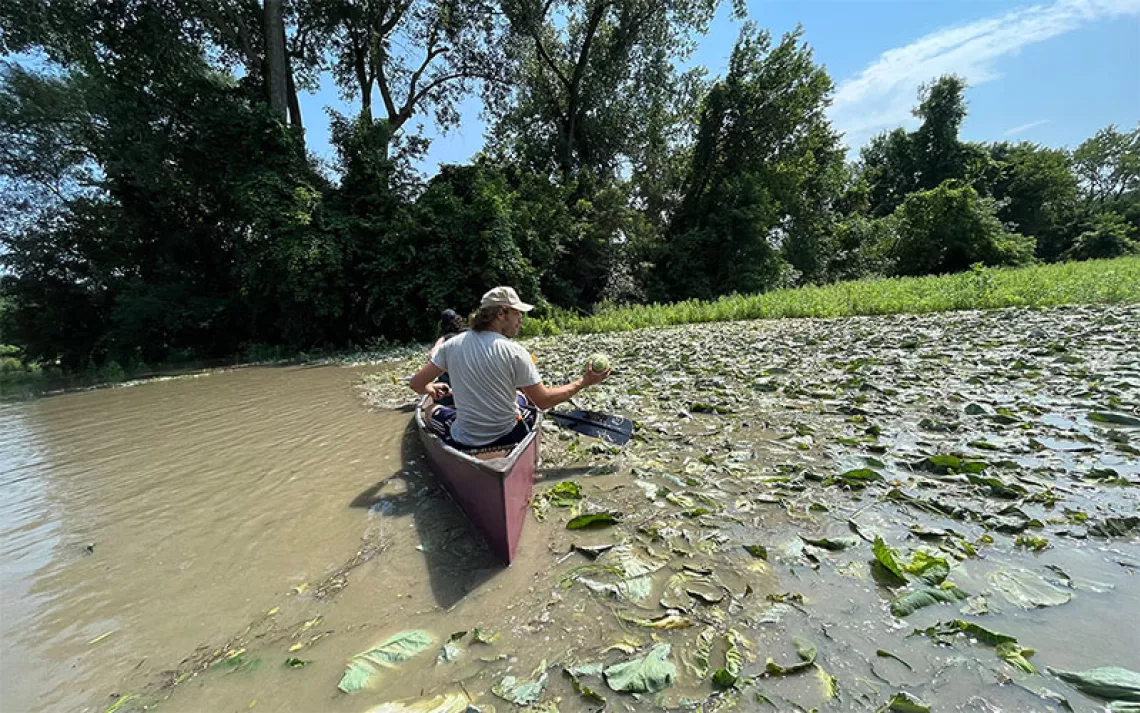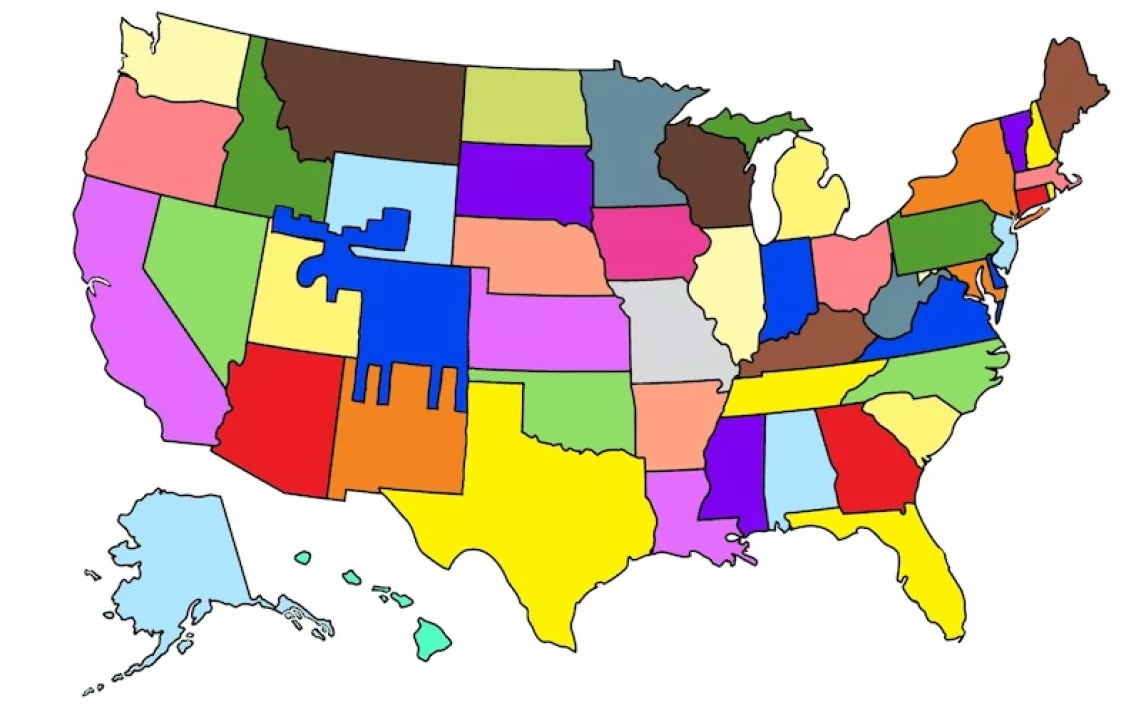Fair Play
What’s the difference between Fair Trade and Direct Trade?

Photo by JanBaars/iStock.
Fair Trade Month is winding down, but it’s not too late to celebrate initiatives that ensure laborers have healthy working conditions, and are socially and economically empowered.
The movement to protect workers’ rights has a long history, but its nominal inception as “Fair Trade” traces back to 1987, when the European Fair Trade Association was formed. Fair Trade strives to foster better working conditions in industries notorious for abuse (i.e. coffee and chocolate).
Now a new, more ambitious system has come on the scene: Direct Trade. A movement spearheaded by forward-looking coffee roasters, it involves forming direct, long-term relationships with farmers and cutting out third-party certifiers.
So is it better to buy Fair Trade, or Direct Trade? Here are some pros, cons, and other curiosities to consider.
Direct Trade puts power into the hands of individuals.
Rather than going through a Fair Trade-certifying third party, Direct Trade principles call for companies to buy directly from artisans. Prices can then be worked out according to the needs of both consumer and producer. Direct Trade also guarantees that money is put straight into the hands of the workers. (Check out Anou, which trains artisans in Morocco to sell their own carpets, jewelry, and other wares, and Direct Peru, a network of Peruvian artisans selling their crafts directly.)
Direct Trade’s empowerment of individuals means less regulation, and less certainty.
Counter Culture, a North Carolina-based coffee roaster, provides the only Direct Trade certification. It designates fair and sustainable prices paid to farmers, exceptional quality, and supply chain transparency. However, Direct Trade certification has yet to become established, and certifiers’ visits to suppliers can be few and far between, as compared to those of Fair Trade certifiers. Like Fair Trade certifications, it does not account for organic or GMO-free standards.
Fair Trade has a larger network, and the power to affect more individuals.
Fair Trade USA, the largest third-party Fair Trade certifier in the country, has partnered with a total of 1,019 companies, and has its seal on products from more than 80 countries. Plus, their extensive and growing network has allowed Fair Trade products to reach chain stores like Whole Foods Market, Costco, West Elm, and Patagonia. Conversely, the very nature of Direct Trade limits the worldwide success Fair Trade has achieved. Check out the full array of Fair Trade-certified products here.
Direct Trade can result in higher wages for workers.
According to Counter Culture, the average price paid for single-origin coffee in 2014 was 50 percent above the average market price. Cutting out the middleman also means that farmers do not have to pay certification fees—and criticism of the fees has been widespread. An Ecological Economics study found that many Fair Trade-certified producers are still not making enough to cover basic needs.
When choosing between Direct Trade or Fair Trade, the most important thing to keep in mind is where your dollars are going. Although Fair Trade may be an imperfect system, Fair Trade Month gives us pause to consider those individuals whose livelihoods depend on the products we enjoy.
 The Magazine of The Sierra Club
The Magazine of The Sierra Club







